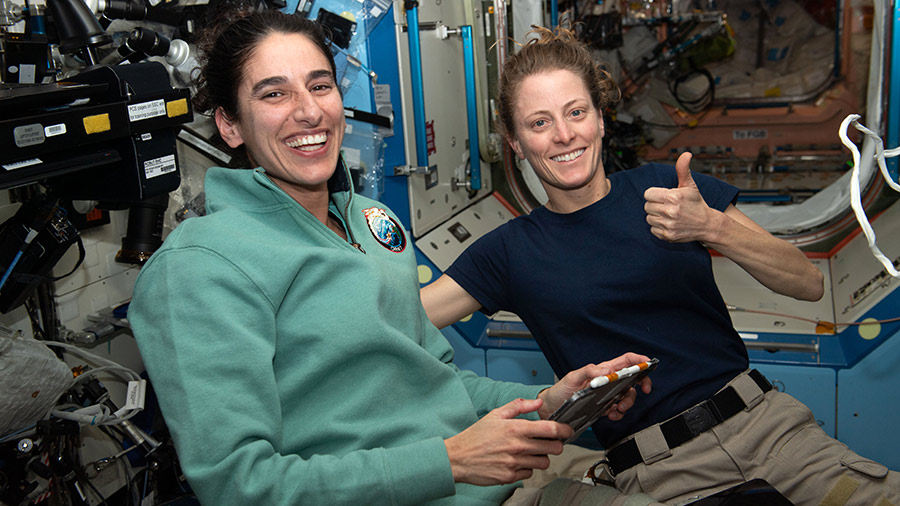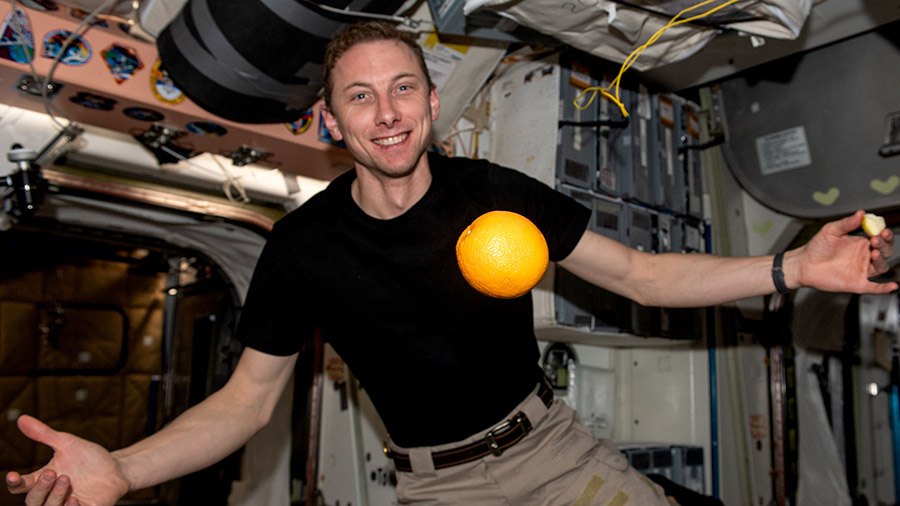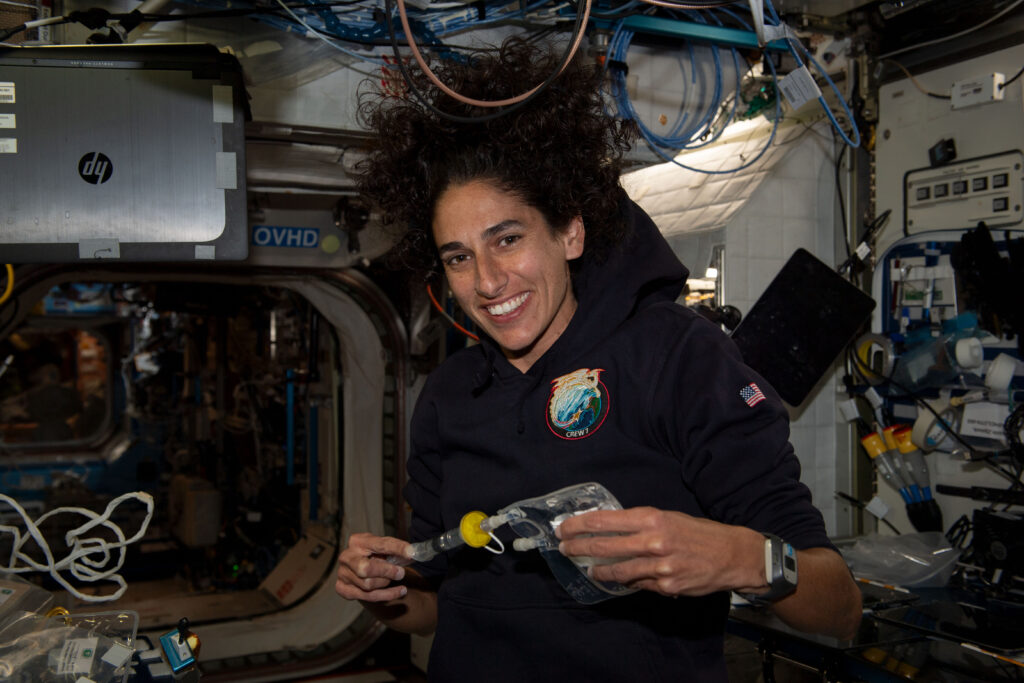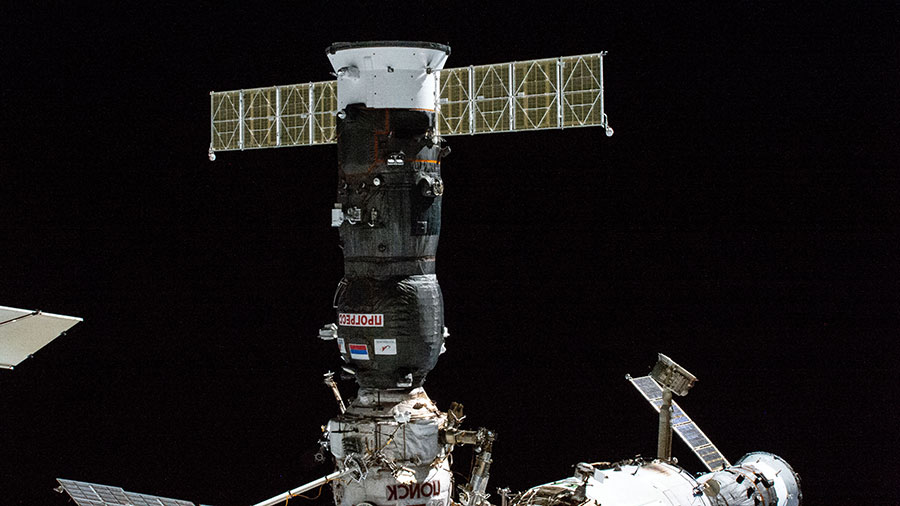
Space botany, human research, and bioprinting were the dominant science topics aboard the International Space Station on Thursday. The Expedition 70 septet also focused on lab hardware and cargo operations throughout the day.
Growing plants in space is critical as astronauts prepare for longer missions farther away from Earth. Space agriculture may help feed crews and provide a cleaner breathing environment aboard spacecraft and space habitats. Crews will have to be self-sustainable relying less on cargo missions packed with food, fuel, and supplies from Earth.
NASA astronauts Loral O’Hara and Andreas Mogensen from ESA (European Space Agency) took turns servicing the Advanced Plant Habitat replacing environmental control components on the research device. NASA Flight Engineer Jasmin Moghbeli assisted the duo reconfiguring the botany facility that has grown a variety of vegetables in the Kibo laboratory module.
O’Hara and Moghbeli then joined Flight Engineer Satoshi Furukawa from JAXA (Japan Aerospace Exploration Agency) for eye checks that are part of the CIPHER suite of 14 human research experiments. O’Hara first measured the electrical response of Furukawa’s retinas to light using specialized sensors. Next, O’Hara used standard medical imaging hardware to view the optic nerves and retinas inside Moghbeli’s eyes. Investigators are exploring how weightlessness affects vision and the condition of the eye.
Mogensen wrapped up his day in the Columbus laboratory module printing cardiac tissue samples using the BioFabrication Facility (BFF). Moghbeli helped the ESA station commander inserting tissue cassettes inside the 3D bioprinter and photographing the research activities. The BFF is demonstrating the potential of manufacturing human organs in space from existing patient cells.
Cosmonauts Oleg Kononenko and Konstantin Borisov joined each other Thursday morning checking and photographing eggs being incubated for a Roscosmos biology investigation. Kononenko then studied ways to improve communication between international crews and mission controllers from around the world. Borisov wore a cap packed with sensors and researched futuristic spacecraft and robotic piloting techniques. Flight Engineer Nikolai Chub continued unpacking the Progress 86 cargo craft then tested power supply components inside the Zarya module.




